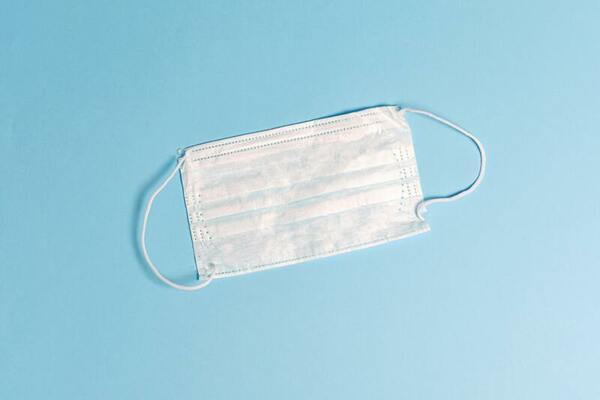Mask wearing and oxyhemoglobin saturation effects during exercise
(1) Williamston High School, Williamston, Michigan (equal contribution), (2) Williamston High School, Williamston, Michigan
https://doi.org/10.59720/21-117
Wearing face masks has become a common occurrence in everyday life and during athletics due to the spread of diseases. Hemoglobin transport is a key process that occurs when oxygen is carried to surrounding organs and tissues. During exercise, hemoglobin increases but the amount of oxygen may not increase which is why percent saturation of hemoglobin (SpO2) drops. We had 30 subjects run on a treadmill at 6 miles per hour 3 separate times, with no mask, a cloth mask, and an elevation mask. They were separated into 3 groups based on fitness, and their SpO2 levels were measured 3 times throughout the run. We wanted to see if masks would affect blood percent saturation of hemoglobin (SpO2). To analyze our data, we used Statistical Analysis Software (SAS), and compared data with an F-test (specifically, General Linear Models). Our data analysis showed that mask type, time, and the interaction of mask type and time were significant. Although, the impacts of fitness group, and the interaction of fitness and mask type were not significant. Our results allow athletes to understand the differences between training and competing with and without a mask. In summary, our study found that masks heavily impede oxygen transport in the blood, regardless of physical ability.
This article has been tagged with: